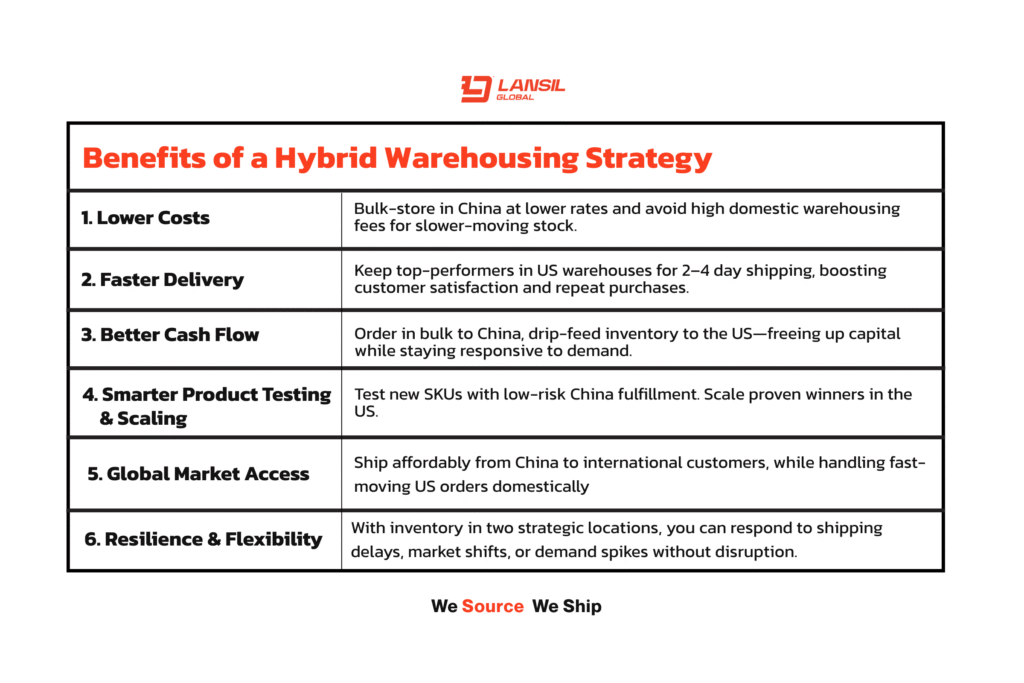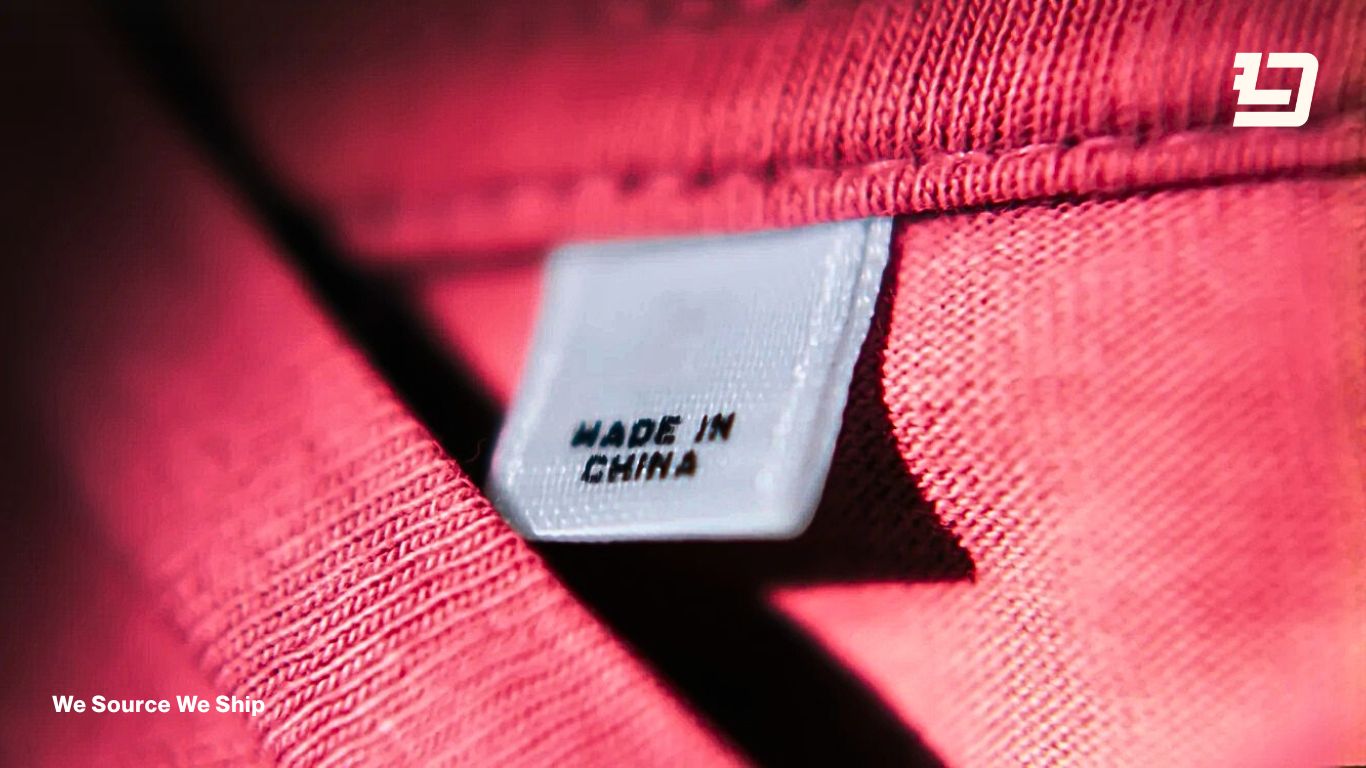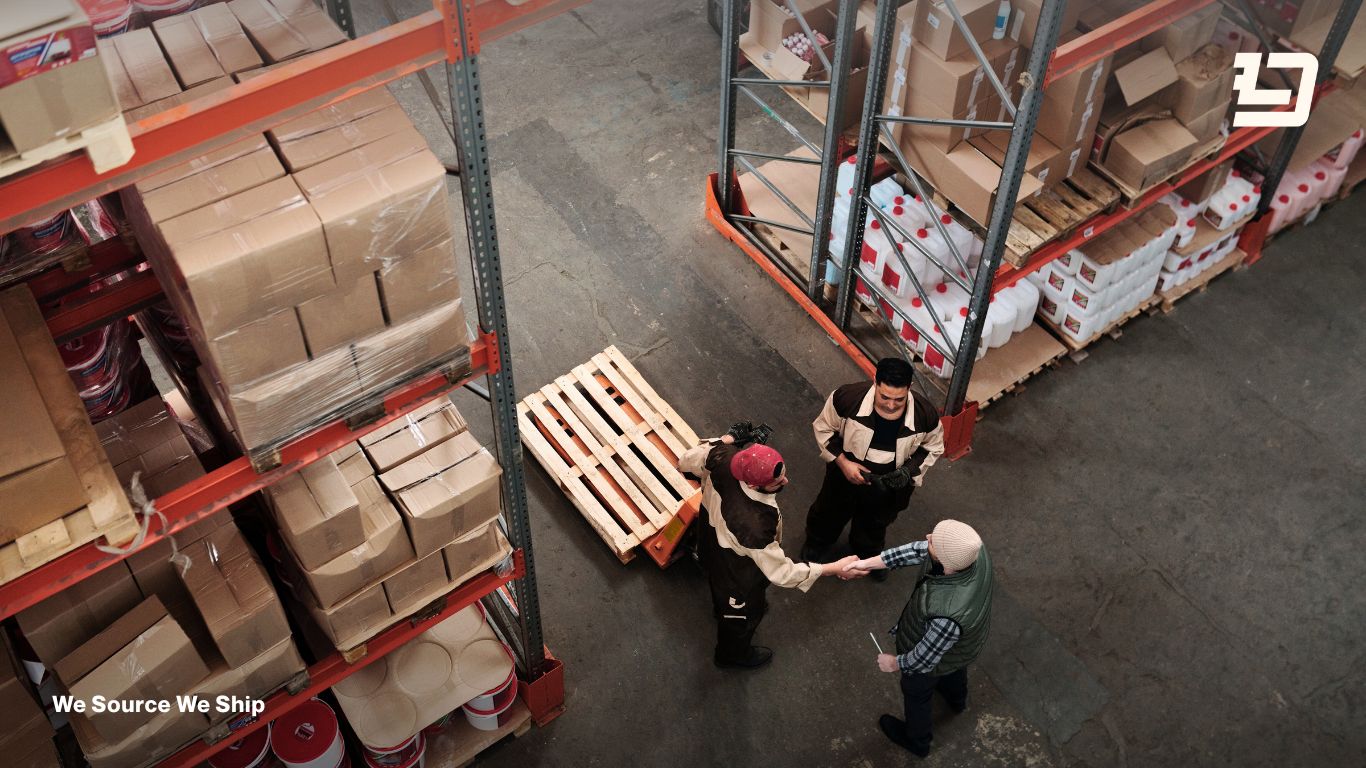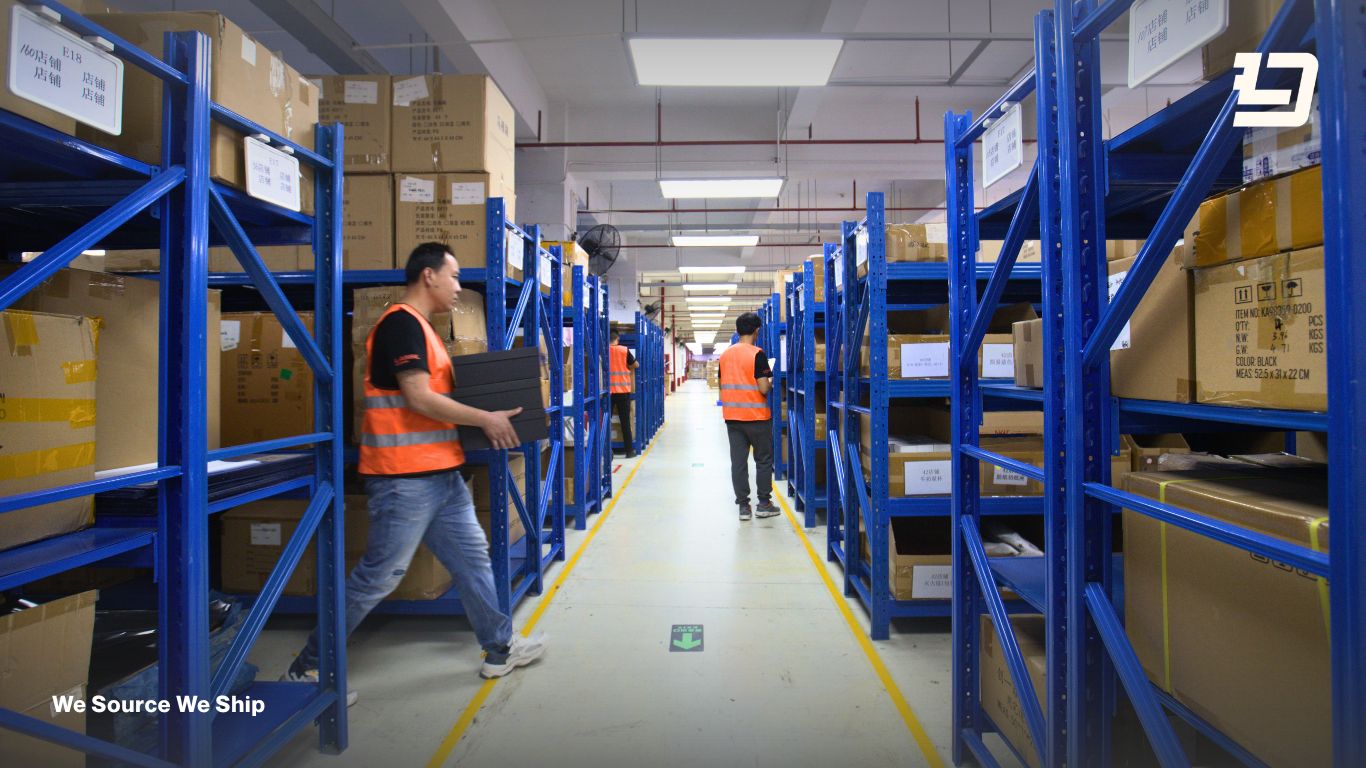If you’re scaling your eCommerce store, one question could define your logistics success: Where should you warehouse—China, the US, or both?
With global eCommerce on track to hit $6.3 trillion this year and US sales expected to reach $1.7 trillion, your fulfillment strategy needs to align with how fast you’re growing—and where your customers are.
Should you keep your inventory close to production in China? Or store it closer to your end customers in the US for lightning-fast delivery?
Let’s break it down—costs, delivery speed, flexibility, and what makes sense at each stage of your brand’s growth.
Warehousing Isn’t Just a Logistics Decision—It’s a Growth Lever
Warehousing is no longer just about storage. It’s about fulfilling more orders, faster, and more accurately. The right location can impact:
- Delivery speed (hello, fewer abandoned carts)
- Customer satisfaction
- Fulfillment costs and margins
- Real-time inventory control
In short: the right warehouse setup lets you scale smarter, not just bigger.
US Warehousing: Advantages and Trade-offs
1. Speed Wins Customers
US-based fulfillment centers offer 2–4 day delivery, keeping pace with Amazon Prime expectations. A 2024 Deloitte report found that 65% of US shoppers abandon carts due to slow delivery.
2. Lower Tariffs, Fewer Surprises
Storing inventory domestically means you’ve already cleared import duties, making fulfillment smoother and cheaper per shipment—especially if you’re selling high-ticket items.
3. Amazon FBA? Even Easier
Prepping inventory for Amazon FBA is faster and easier when your stock is already in the US. Brands using Amazon benefit from simplified prep and restocking when warehousing in the US. Partners like Lansil Global’s facilities in Pennsylvania and Nevada are optimized for FBA prep.
4. Higher Operational Costs
Storage and labor in the US aren’t cheap. But with faster turnover, fewer refunds, and better customer experience, many brands find the ROI worth it.
Ideal For:
- Brands with high US sales volume
- DTC businesses prioritizing fast delivery
- Amazon FBA sellers
China Warehousing: Advantages and Trade-offs
1. Lower Overhead
Warehousing in China is cost-efficient—period. Storage and labor costs are significantly lower than in the US, which helps protect your margins and gives you more flexibility to test new SKUs without high overhead.
2. Factory-Proximity = Faster Restocks
- Being near your suppliers means:Real-time inventory consolidation
- Easier quality control
- Faster production-to-warehouse turnaround
3. Ship Globally from One Hub
Lansil Global’s Shenzhen-based fulfillment center sits at the heart of China’s manufacturing ecosystem, enabling brands to move goods from factory to shelf faster than ever.
With trusted last-mile partners like 4PX and Yun Express, Lansil Global’s China fulfillment gives you:
- Affordable global shipping to over 200 countries
- Courier tracking and easy returns
- Smooth integration with your storefronts
- In-house teams handling pick, pack, and dispatch with precision
4. The Trade-Off: Slower US Delivery
Shipping from China to the US usually takes 7 – 12 days. That’s perfect for global customers or less time-sensitive SKUs but might not meet the speed expectations of US buyers needing 2–4 day delivery.
Ideal For:
- Global brands selling in multiple regions
- Bootstrapped or early-stage eCommerce businesses
- SKUs with lower urgency or bulk shipments
- Brands needing hands-on fulfillment and inventory control in China

2025 Insight: Industry reports indicate that US domestic last-mile shipping costs dropped by 9% in Q1 2025 due to expanded carrier networks and improved regional logistics infrastructure.
The Hybrid Advantage: When to Use a Hybrid Strategy
Many fast-scaling brands adopt a hybrid warehousing model. This means splitting inventory between China and US warehouses to optimize cost and delivery speed.
Example: Store high-volume SKUs in the US for 2-day shipping and slower-moving or global SKUs in China to save on storage.
Lansil Global’s dual-coast US warehouses and Shenzhen China hub allow for:
- Dynamic inventory allocation
- Lower landed costs
- Tailored shipping strategies

How to Decide Between US and China Warehousing for Your Brand
Choosing the right warehousing location is crucial for your eCommerce growth. Here are four key factors to consider:
1. Customer Location and Delivery Expectations
Where do most of your customers live? If your sales are primarily in the US, faster delivery from US warehouses can boost satisfaction and repeat purchases. For a global customer base, China warehousing offers broader reach, even if shipping takes longer.
2. Product Type and Inventory Needs
Are your products high-value or time-sensitive? US warehouses reduce delivery time and customs complexity, ideal for fast-moving or premium items. For bulkier or slower-selling SKUs, China warehouses lower storage costs and simplify manufacturing integration.
3. Cost Efficiency vs. Speed
Balance your margins with customer experience. US warehousing usually comes with higher storage and labor costs but saves on last-mile shipping and tariffs. China warehousing offers lower upfront costs but longer delivery and higher import duties.
4. Long-Term Growth and Flexibility
Consider your brand’s future expansion plans. A hybrid strategy—using both US and China warehouses—lets you optimize costs and delivery speed across markets. Lansil Global’s warehouses in Pennsylvania, Nevada, and Shenzhen provide this flexible model, helping you scale smartly.
Choosing the right warehousing strategy is not one-size-fits-all. It depends on your sales volume, growth markets, customer expectations, and operational budget. By aligning your fulfillment hubs with your scale-up goals, you can build a logistics backbone that fuels long-term growth.
Lansil Global helps eCommerce brands strike the perfect balance with scalable warehousing in China and the US. Whether you’re launching or scaling, our team can help you deliver smarter, faster, and more cost-effectively.
Contact us today to explore the best warehousing solution tailored to your brand’s growth.








